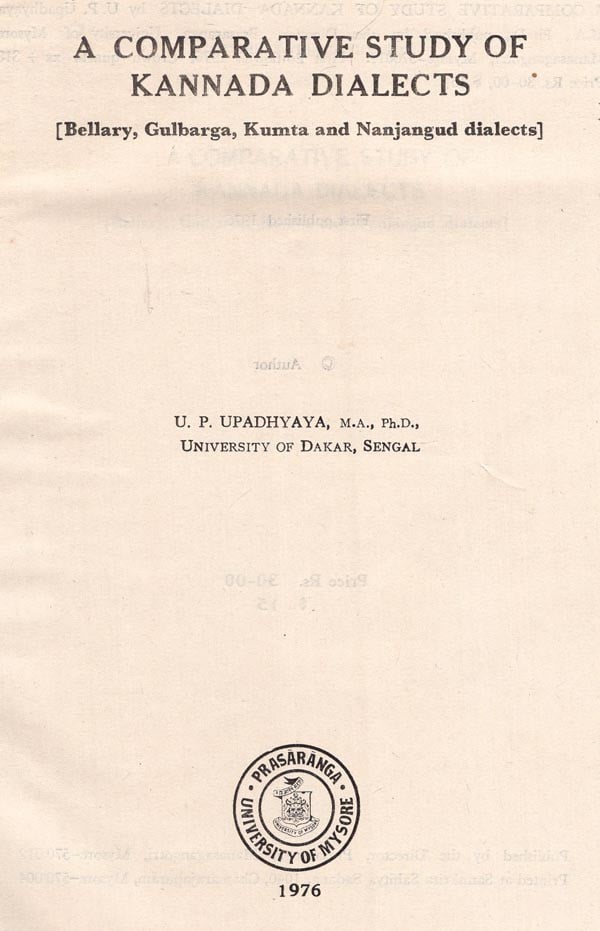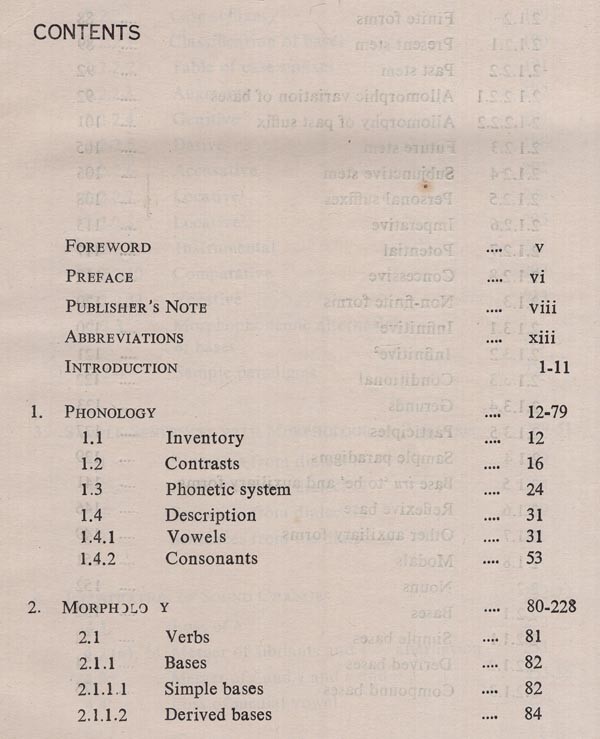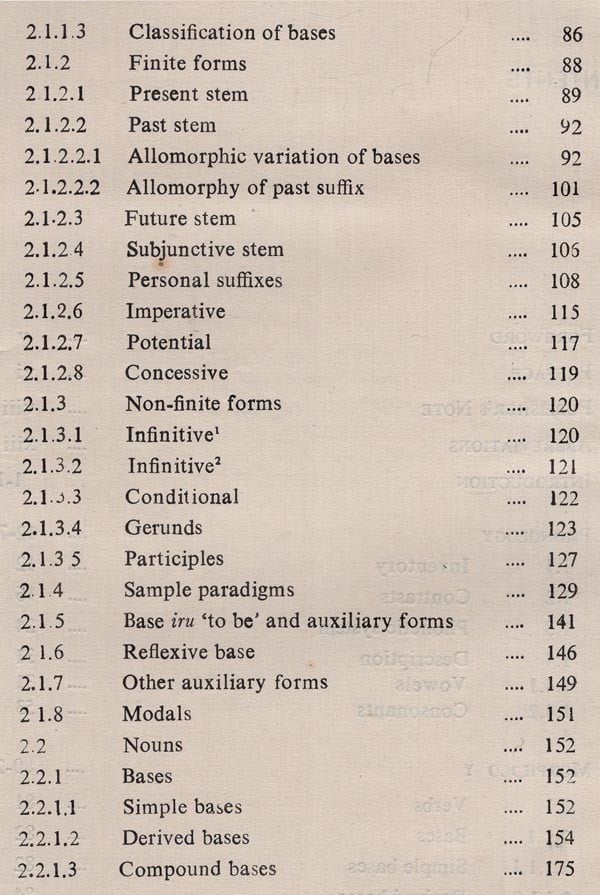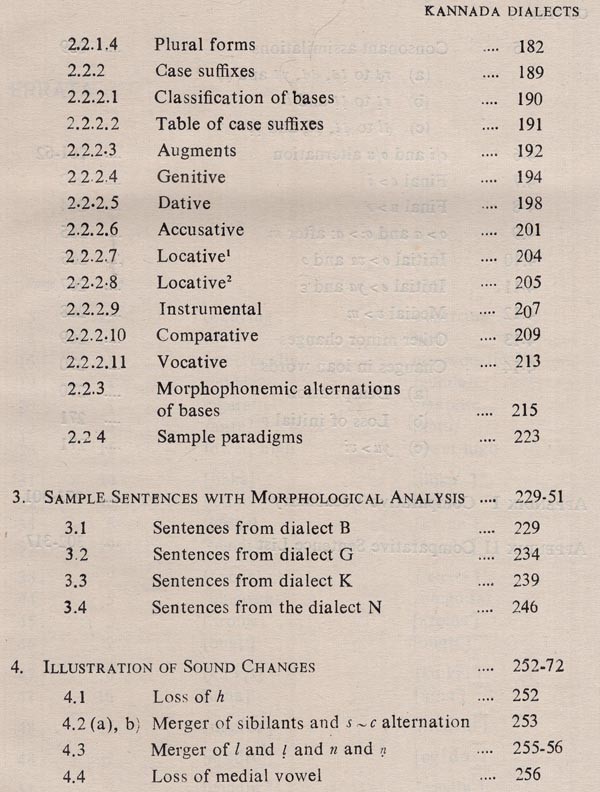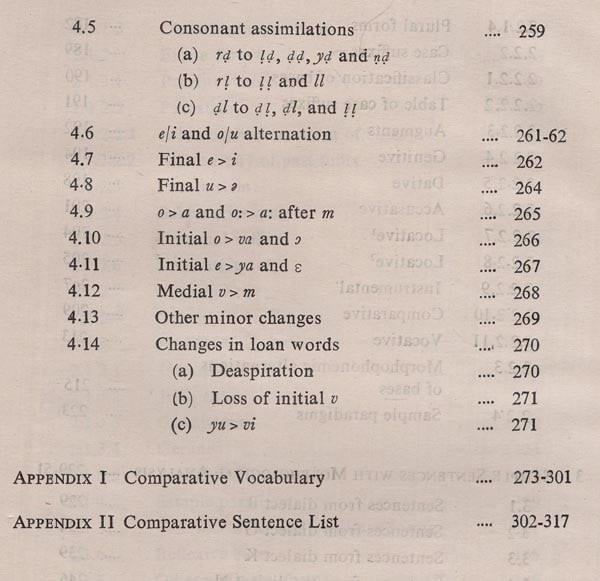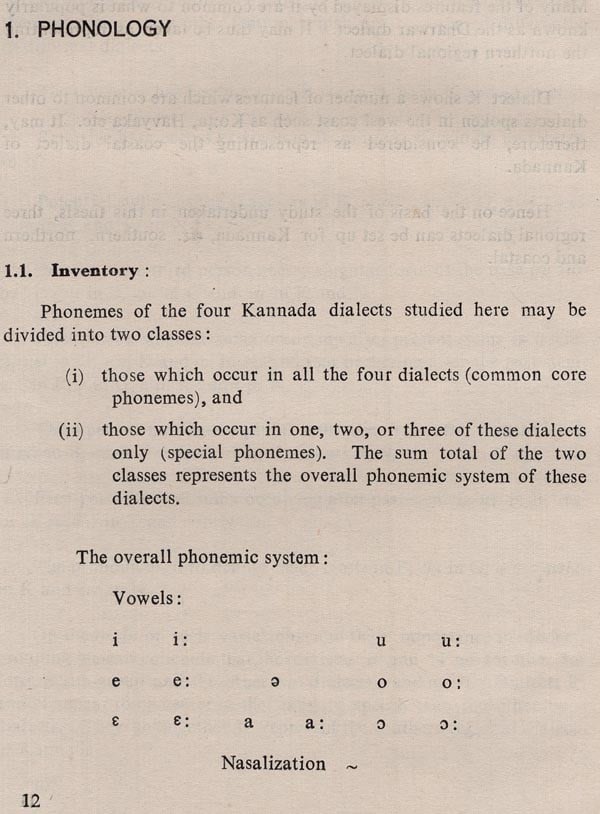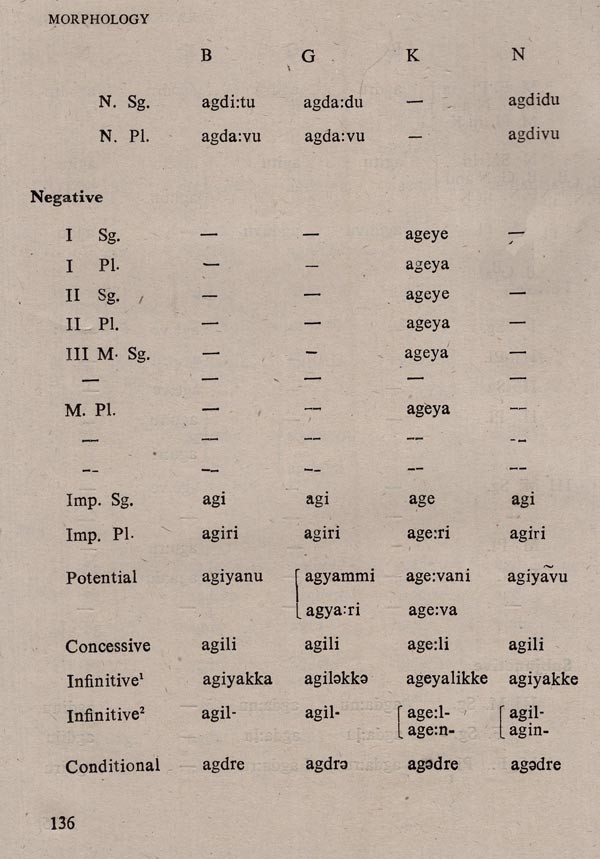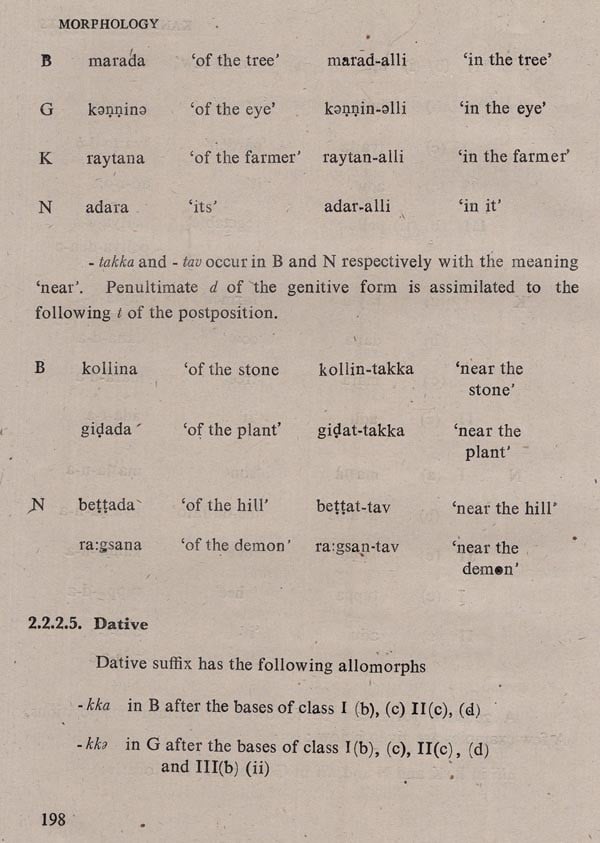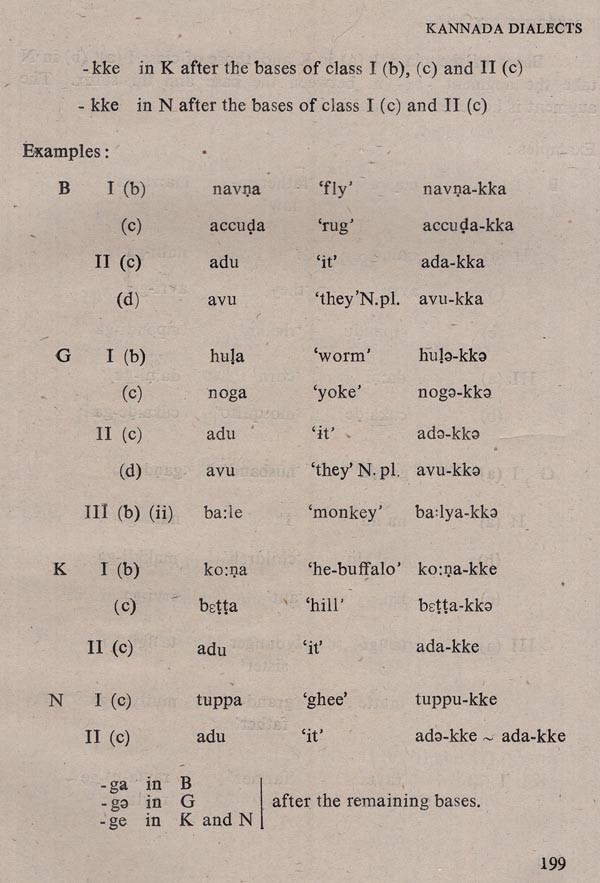About the Book It has been increasingly realised, however, that modern analytic methods are as much in order in dialectology as in any other type of language study, and that a "structural dialectology" is not only possible but imperative. I am glad to find that Mr. Upadhyaya has brought modern structural insights to his work. Very little reliable data of any kind has been available upto now on Indian languages generally and there has been almost nothing on Kannada. Mr. Upadhyaya's thesis is all the more welcome because he not only presents a large body of interesting data, but he has also subjected it to a penetrating analysis.
About the Author ULIYAR PADMANABHA UPADHYAYA, born in Majur Village, South Kanara (1932) Graduated from Madras, Kerala and Poona Universities with three master's degrees in Kannada and Linguistics, Vidwan in Hindi and doctorate in Linguistics-Edited manuscripts at the Govern ment Oriental Manuscripts Library, Madras (1958-59), taught Sanskrit and Kannada at the St. Joseph's College, Bangalore (1959-65), surveyed and analysed five social and tribal dialects of Kannada and a hither-to-unknown tribal language Kuruba at the Deccan College Post-graduate and Research Institute, Poona (1965-68), directed language teaching programmers and prepared instructional materials for the American Peace Corps Bangalore and Allison College Oversean Study Centre (1968-69) as the first Principal of the Southern Regional Language Centre, Central Institute of Indian Languages, Mysore, organised the training and instructional material preparation programmers in South Indian Languages Presently (1973...) he is working as Visiting Professor of Indian Studies at the Institute Fundamental d'Afrique Noire" of the University of Dakar, Senegal - Contributions include 4 Kuruba A Dravidian Language'. Kannada Phonetic Reader', 'Dialect Survey monographs (Nanjangud Kannada, Coorg Kannada etc.)' A Comparative Study of Kannada Dialects', Conversational Kannada' teaching materials under different models and a number of research papers.
Foreword I have read Mr. Upadhyaya's dissertation with care, with enjoyment and with profit. I find it very gratifying to see that modern linguistic methods are being applied in studying dialects of Indian languages.
The study of dialects in Europe and America has been, and to a regrettable sense still is, something of a stepchild of linguistics. Too many investigators have been content simply to collect, tabulate, and map the raw data. It has been increasingly realised, however, that modern analytic methods are as much in order in dialectology as in any other type of language study, and that a "structural dialectology" is not only possible but imperative. I am glad to find that Mr. Upadhyaya has brought modern structural insights to his work. Very little reliable data of any kind has been available up to now on Indian languages generally, and there has been almost nothing on Kannada, Mr. Upadhyaya's thesis is all the more welcome because he not only presents a large body of interesting data, but he has also subjected it to a penetrating analysis.
Dialect study, when done properly, as in the present case, has more than a purely linguistic or historical value.
Preface The present work is the dissertation approved for the degree of Doctor of Philosophy in linguistics of the University of Poona in the year 1968. My association with the Linguistic Survey of India Project sponsored by the Deccan College Postgraduate and Research Institute, Poona has enabled me to undertake detailed field-work in various localities of the Karnataka state for a survey of social and regional dialects during the years 1965-68. The body of data thus collected provided material for writing monographs on individual dialects as well as this comparative study. I am not unaware of the limitations of this work which was undertaken at a time when dialect studies were yet to gain ground in the linguistic discipline of our universities. But, however, it is hoped that the work of the kind attempted here may inspire the younger generation of scholars to pursue the investigation into the multitudes of dialects of our land with greater vigour and with more sophisticated techniques and methodology, extending the scope of study to other facets of speech behavior not attempted here.
Sincere thanks are due to the authorities of the Deccan College Postgraduate and Research Institute, especially to Dr. S. M. Katre and Dr. A. M. Ghatage who have given me the opportunity and facilities for undertaking the field-work without which such a study would not have been possible. I had the good fortune of working under the table guidance of a mature scholar in this field, Dr. H. S. Biligiri to whom I owe a deep sense of gratitude.
Introduction Kannada is one of the four major Dravidian languages spoken mainly in South India. According to 1961 census report, it is spoken by 17,415,827 people as their mother-tongue. Among them 15,371,753 people reside in the New Mysore State, called Karnataka (since November 1973) the boundary of which was re-drawn on linguistic basis in the year 1956. Another 3,550,642 people have registered Kannada as their secondary language.
Area populated by the Kannada speaking community extends from the Bidar district in the North to the Mysore district in the south; and from the Kanara district in the West coast to the Kolar district in the east. Distance between the northernmost and the southernmost points of this area is 750 Kilometres and that between the western and eastern borders is about 450 Kilometres.
It is quite natural that a language spoken in such a vast geographical area by the people of different sociological strata shows dialect variations of considerable magnitude. These geographical and sociological factors are further diversified by the fact that the arca populated by the Kannada community was politically divided into four main regions before the integration of States on linguistic basis.
**Contents and Sample Pages**
